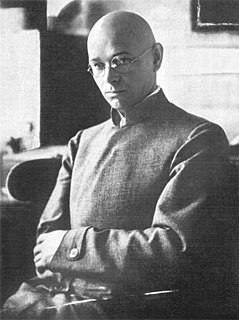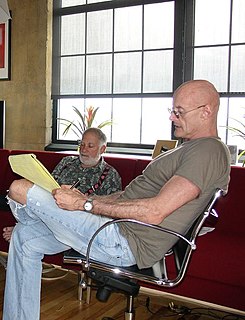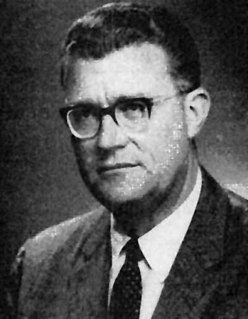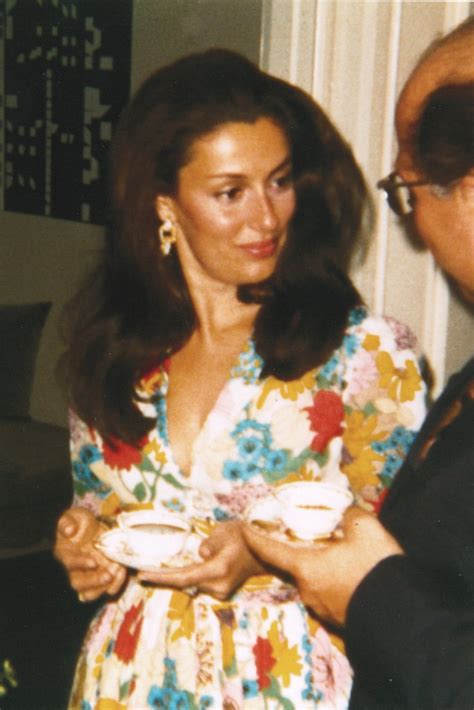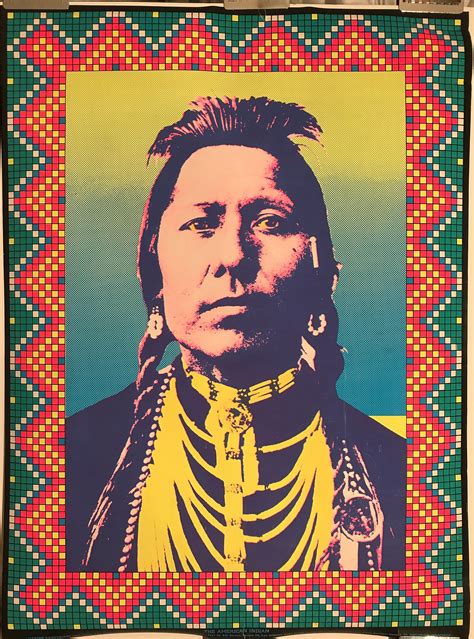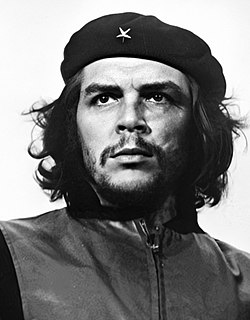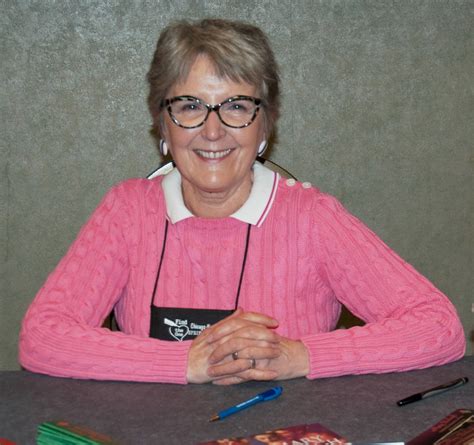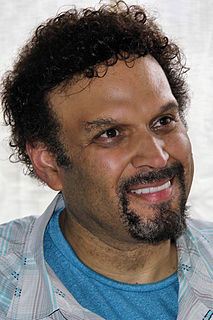A Quote by Johannes Itten
He who wishes to become a master of color must see, feel, and experience each individual color in its endless combinations with all other colors.
Quote Topics
Related Quotes
Each band or level, being a particular manifestation of the spectrum, is what it is only by virtue of the other bands. The color blue is no less beautiful because it exists along side the other colors of a rainbow, and "blueness" itself depends upon the existence of the other colors, for if there were no color but blue, we would never be able to see it.
I like black for clothes, small items, and jewelry. It's a color that can't be violated by any other colors. A color that simply keeps being itself. A color that sinks more somberly than any other color, yet asserts itself more than all other colors. It's a passionate gallant color. Anything is wonderful if it transcends things rather than being halfway.
Munch writes poetry with color. He has taught himself to see the full potential of color in art His use of color is above all lyrical. He feels color and he reveals his feelings through colors; he does not see them in isolation. He does not just see yellow, red and blue and violet; he sees sorrow and screaming and melancholy and decay.
The university should color itself black and color itself mulatto — not just as regards students but also professors. Today the people stand at the door of the university, and it is the university that must be flexible. It must color itself black, mulatto, worker, peasant, or else be left without doors. And then the people will tear it apart and paint it with the colors they see fit.
Black is the absence of all color. White is the presence of all colors. I suppose life must be one or the other. On the whole, though, I think I would prefer color to its absence. But then black does add depth and texture to color. Perhaps certain shades of gray are necessary to a complete palette. Even unrelieved black. Ah, a deep philosophical question. Is black necessary to life, even a happy life? Could we ever be happy if we did not at least occasionally experience misery?
